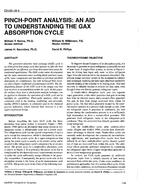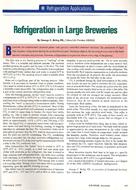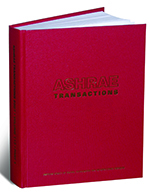Thermal mass effects occur in buildings containing walls, floors, and ceilings made of logs, heavy masonry, and concrete. In certain climates, massive building envelopes–such as masonry, concrete, earth, and insulating concrete forms (ICFs)–can be utilized as one of the simplest ways of reducing building heating and cooling loads. Very often such savings can be achieved in the design stage of the building and on a relatively low-cost basis. Such reductions in building envelope heat losses combined with optimized material configuration and the proper amount of thermal insulation in the building envelope help to reduce the building cooling and heating energy demands and building-related CO2 emission into the atmosphere. This paper presents a comparative study of the energy performance of lightweight and massive wall systems. An overview of historic and current U.S. field experiments is discussed and a theoretical energy performance analysis of a series of wall assemblies for residential buildings is also presented. Potential energy savings are calculated for ten U. S. climates. Research presented demonstrates that in some U. S. locations, heating and cooling energy demands for buildings containing massive walls with relatively high R-values can be lower than those in similar buildings constructed using lightweight wall technologies.
Authors: J. Kosny, Ph.D.; T. Petrie; D. Gawin; P. Childs; A. Desjarlais; J. Christian
Citation: Thermal Performance of the Exterior Envelopes of Buildings VIII
Keywords: December, Florida, 2001
Citation: Thermal Performance of the Exterior Envelopes of Whole Buildings VIII
Product Details
- Published:
- 2001
- File Size:
- 1 file , 960 KB
- Product Code(s):
- D-8037


